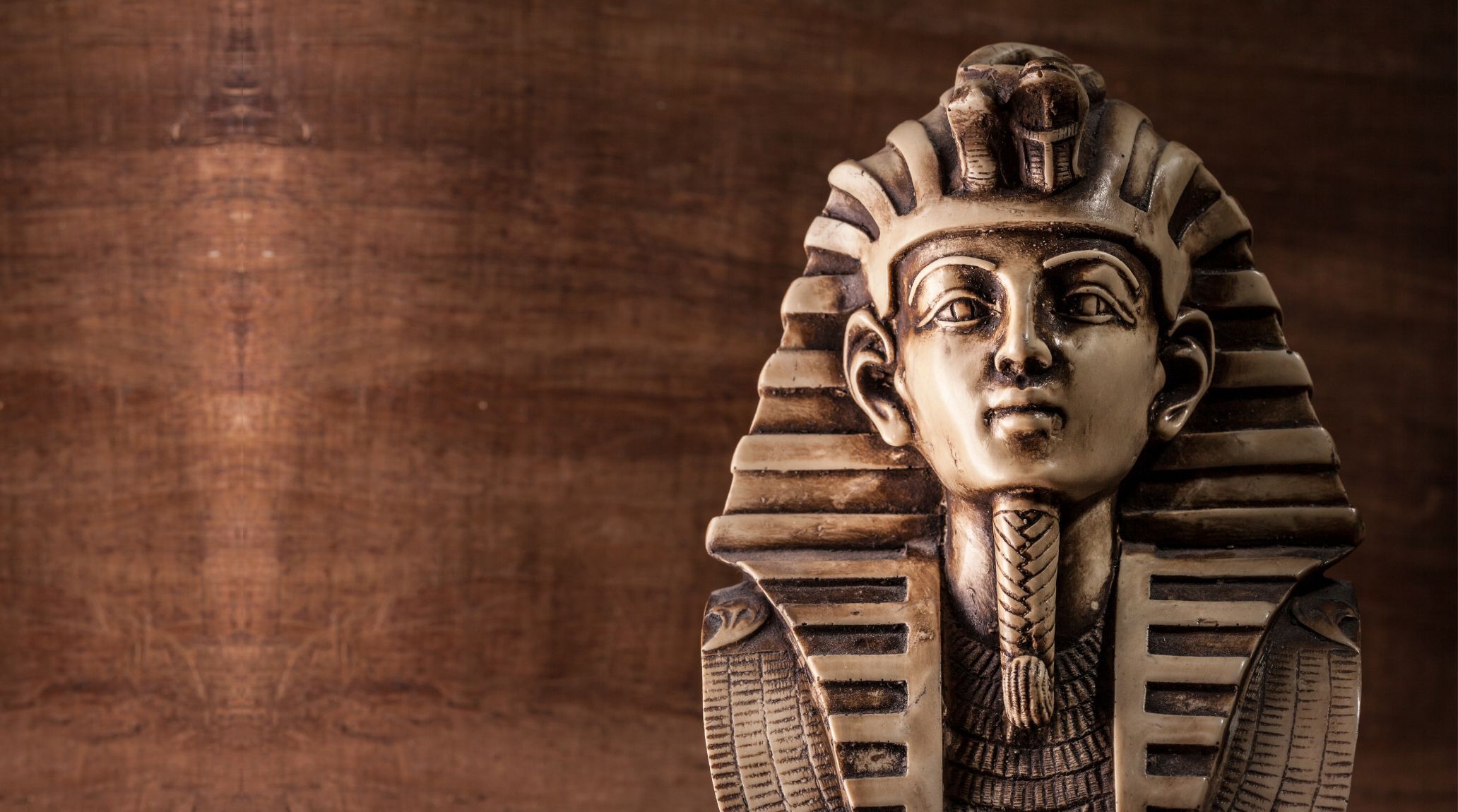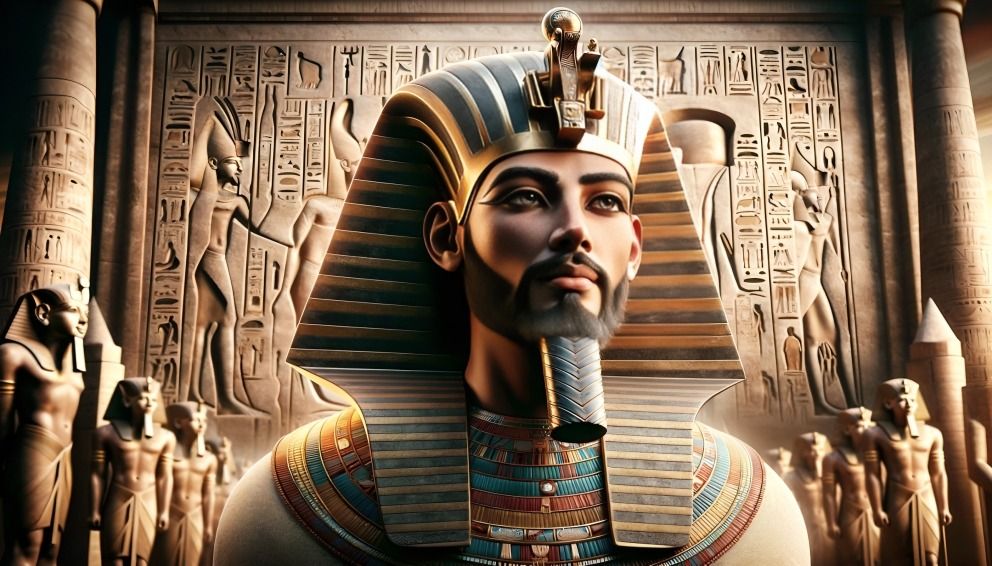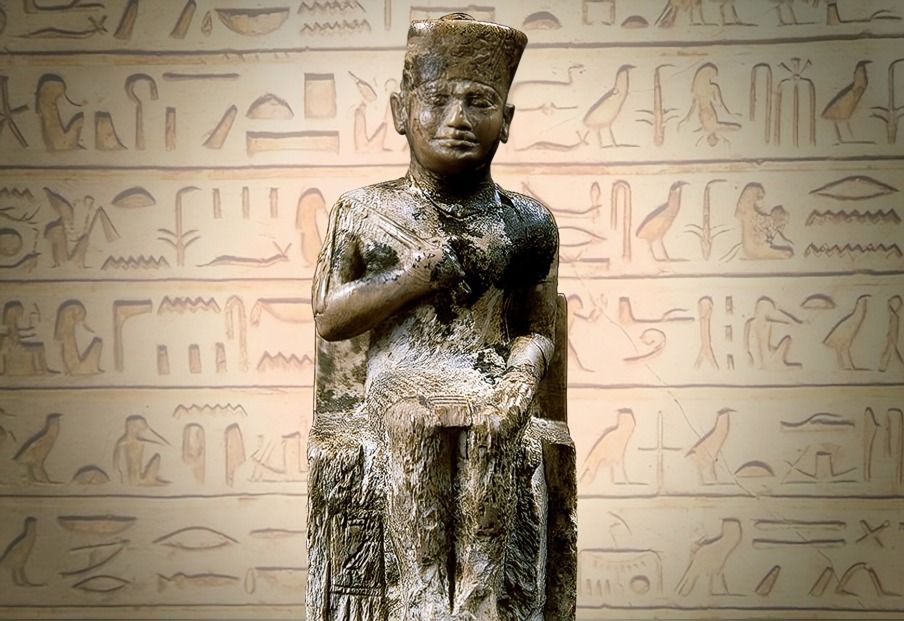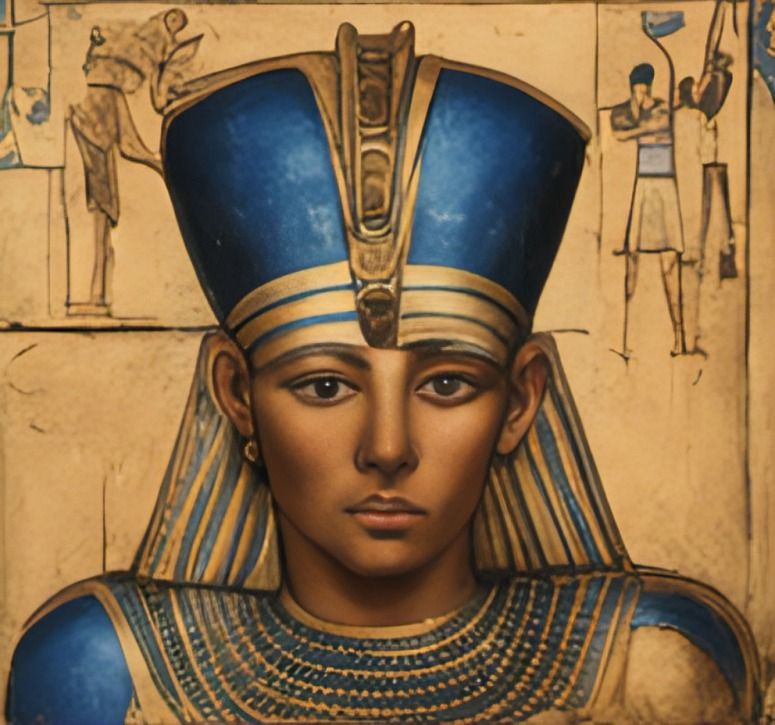
“
The Pharaohs of ancient Egypt were not only powerful rulers but also the architects of a civilization that continues to amaze the world. In this article, we’ll explore 20 fascinating facts about famous Pharaohs and the legacies they left behind.1
1
”
The Pharaohs of Ancient Egypt were both the supreme rulers and divine figures, blending religious and political authority. They were responsible for ensuring the safety of the people and the prosperity of the country. 1
Tutankhamun, often called King Tut, became Pharaoh at just nine years old. His tomb, discovered in 1922 by Howard Carter, was remarkably well-preserved and filled with over 5,000 artifacts, providing invaluable insight into ancient Egyptian culture.2

Ramses II, also known as Ramses the Great, ruled for 66 years and is celebrated for his extensive building projects, including the temples of Abu Simbel. His reign marked one of Egypt's most prosperous periods.
The Pharaoh's crown featured the cobra goddess Wadjit, who was believed to protect them from enemies by spitting flames. Only the Pharaoh was permitted to wear symbols of Wadjit, highlighting her unique role as their divine guardian. 3
Akhenaten, formerly known as Amenhotep IV, is famous for introducing monotheism through the worship of Aten, the sun disk. His religious reforms, which shifted focus away from traditional deities, led to significant changes in Egyptian society. 4
Hatshepsut, one of the few female Pharaohs, ruled as a co-regent and later as a sole ruler. She is celebrated for her prosperous reign and extensive building projects, including the magnificent temple at Deir el-Bahari. 5
Thutmose III, often called the Napoleon of Egypt, expanded the empire to its greatest extent through numerous military campaigns. His conquests and strategic prowess established Egypt as a dominant power in the ancient world.6
Seti I, father of Ramses II, was a notable builder whose projects included the grand Temple of Karnak. His reign was marked by both military successes and extensive architectural contributions. 7
When a Pharaoh died, their body was mummified to prepare it for the afterlife, a process taking up to 70 days. This involved cleaning, removing organs, and placing them in jars protected by the four sons of Horus. 8
Pharaoh Djoser, during the Third Dynasty, commissioned the Step Pyramid at Saqqara, which was the first pyramid ever built. This innovation marked a significant architectural advancement in ancient Egypt. 9

Khufu, also known as Cheops, commissioned the Great Pyramid of Giza, one of the Seven Wonders of the Ancient World. This colossal structure, originally standing at 146.6 meters, remains a testament to ancient Egyptian engineering prowess.
Although the title of Pharaoh was traditionally reserved for men, some women, like Hatshepsut, claimed the position, often as regents for young rulers. Hatshepsut, the first woman to officially use the title, wore a fake beard to assert her authority. 10
Psamtik I successfully unified Lower Egypt and reasserted Egyptian dominance after a period of foreign rule. His reign marked the beginning of the 26th Dynasty and the revival of Egyptian power. 11
Ptolemy XIII, Cleopatra VII’s younger brother and co-ruler, was involved in the Alexandrian War against Julius Caesar. His tumultuous reign was marked by internal strife and conflict with Rome. 12
Merneptah, the son of Ramses II, is known for the Merneptah Stele, which includes the first historical mention of Israel. This artifact provides important evidence of the political landscape of the ancient Near East.13
Siptah, a Pharaoh of the 19th Dynasty, had a notably brief reign. Despite his youth and limited time on the throne, his tomb was discovered intact with many artifacts, shedding light on this period of Egyptian history. 14
Amenhotep II was renowned for his physical prowess, particularly in archery and chariot racing. His inscriptions boast of his athletic achievements, reflecting the Pharaoh’s emphasis on personal strength and skill. 15

Teti, the first Pharaoh of the Sixth Dynasty, built a pyramid at Saqqara that contains some of the earliest Pyramid Texts. These texts are among the oldest religious writings in ancient Egypt.
Neferhotep I’s reign was marked by internal strife and a notable rebellion led by a rival named Apophis. His efforts to stabilize the country during this period were crucial to maintaining the integrity of the Egyptian state. 16
Snefru, the father of Khufu, is credited with pioneering pyramid construction techniques. His experimentation with the Bent Pyramid and the Red Pyramid laid the groundwork for the development of the later pyramids at Giza. 17


